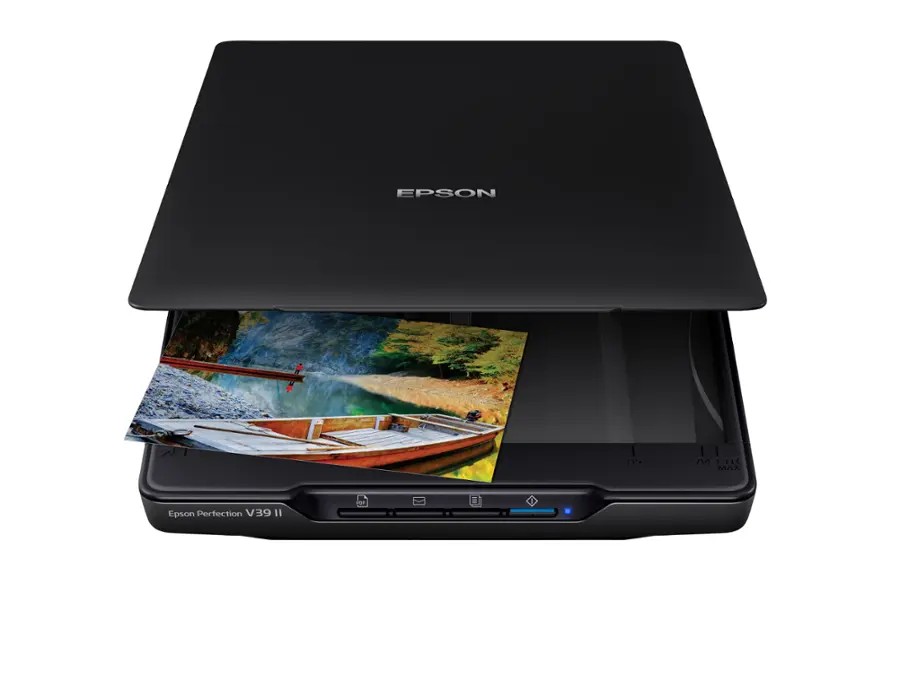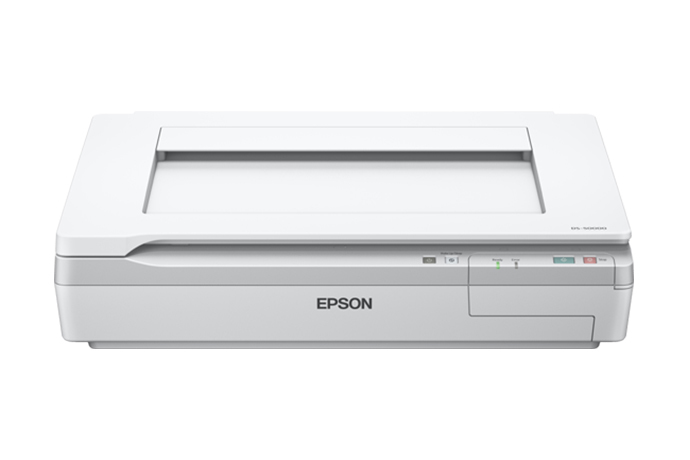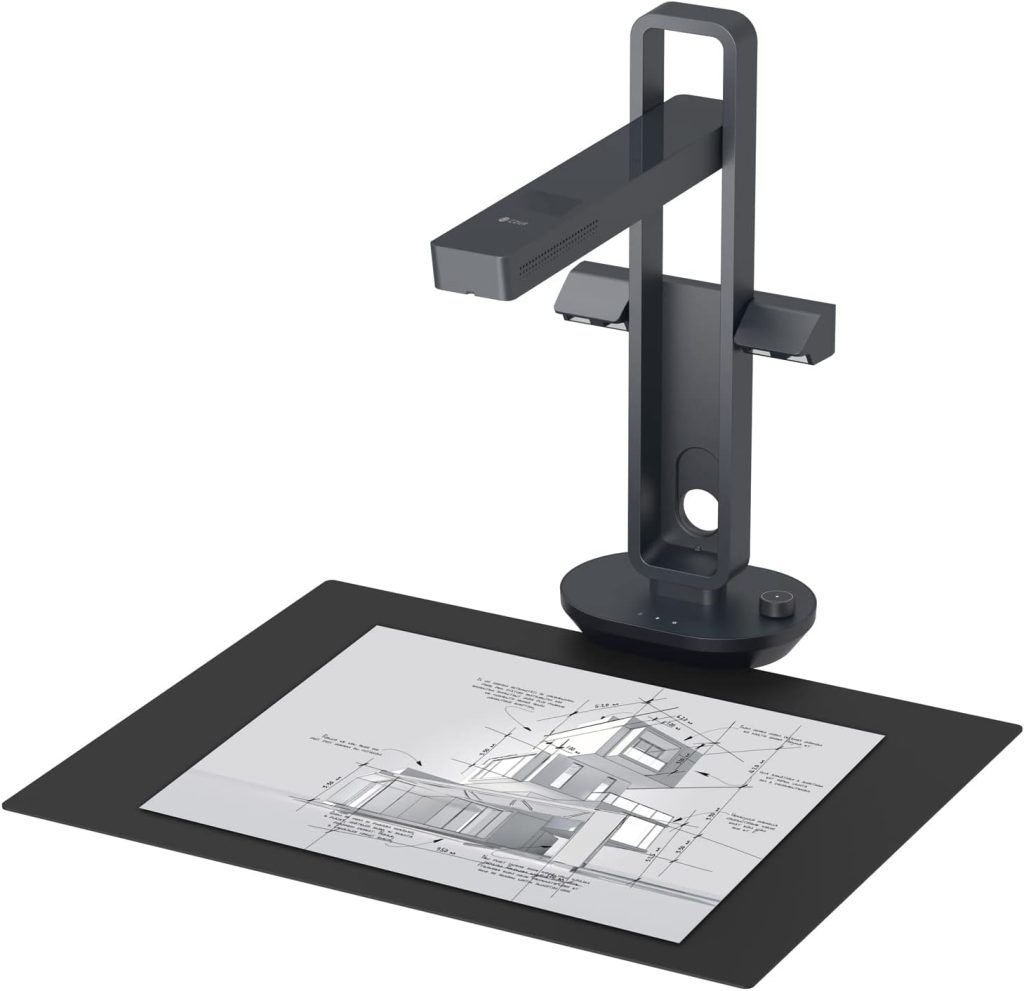The Scanners to Digitize Your Collection
The Scanners to Digitize Your Collection
Last week we discussed in some basic detail the advantages of having a digitized copy of your collection available. This week, I want to tackle the first basic step in digitizing your collection—the scanners to digitize your collection. Each one of these sub-headings could be an entire post in itself, but I wanted to give you some basic information to get started if this is not something you have done before and you need to purchase equipment. I was going to go right into how to scan things, but I figured I’d better back up and start with having the best tools in place first.
In order to digitize your collection you will need a scanner, and a flatbed scanner would likely be your best option. You will get the best scans possible from a flatbed scanner as opposed to overhead scanners (but they are extremely useful as I’ll point out later on), and document feeders. I include document feeders on here because there are oversized scanners that use a document feeder to scan large maps and other oversized documents.
Flatbed Scanner
There are lots and lots of different brands and types of flatbed scanners available for purchase. Here, I’m going to share recommendations based on scanners that I personally use. You may already have one that has these same features, in which case, that is perfectly alright. These are by no means the only scanners that can do the job, these are just ones that I am currently using.
Epson Perfection V39 II

My version is the I rather than the II, but for all intents and purposes, they are the same. This scanner was a lifesaver for me as a researcher who spent several weeks on the road and needed to digitize photographs for research and eventual book publication. This little 3-pound scanner is small enough to fit into the laptop section of a standard backpack, but can scan at resolutions up to 4800 dpi. For reference, when scanning you’ll want to use a resolution of 600 dpi. Anything beyond that inflates the file size and typically does not add much to quality except in some circumstances.
This scanner runs off the USB connection to your computer, so there’s no need to find an outlet and deal with a separate power cable. This can be really handy if you’re running short on outlets at home, or you’re scanning someplace and don’t have one nearby.
The downside is that you are limited to 8.5” x 11” in scanning area, which is not enough if you have large letters or other documents. However, if your collection is only tintypes or other smaller media, then this little scanner that runs around $130 will do just fine.
Epson DS-50000

This scanner is most definitely not a portable scanner. It is parked in my office and has a much larger scanning surface than the Epson V39. The Epson DS-50000 can scan documents up to 11”x17” in size which is extremely handy when you are processing a lot of material that runs larger than 8.5”x11.” It can scan in resolutions up to 9600 dpi, which again, is extremely high. This scanner is a hefty 32 pounds, which means it’s not something that you want to be setting up and tearing down over and over. It will need a place to live in your office area. It also has a hefty price tag of a little over $1,800 so it is a big investment.
Overhead Scanner
In a way, the term “overhead scanner” is a bit misleading, as these scanners are actually taking photographs rather than “scanning” as a flatbed scanner does. Regardless of how it works, these scanners are a godsend if you are trying to scan a lot of material in a short amount of time. I mentioned earlier that the Epson V39 was extremely helpful for scanning images on the road, these CZUR scanners were crucial for scanning thousands of pages of documents in a very short period of time. You will not get the clarity you would with the Epson DS-50000 on the documents, but depending on your needs, that may not be necessary.
CZUR Aura Mate Pro

You simply set up the scanner and the associated scanning pad, hook it up to your computer and you’re ready to go. You can place a single sheet of paper on it—crooked even—and it with the click of a mouse or a press of the foot pedal, it takes a photo, and it’s done. As quickly as you can read, place the paper, click the mouse, place the paper, click the mouse, etc., it’s taking photos. It automatically straightens and crops the images to the edges of the paper, so you don’t have to take time lining them up. If you’re scanning a book, you simply lay the book down, take a picture, turn the page, take a picture, turn the page, etc. You can digitize an entire book in minutes. Now, I will also say that if you’re using this to digitize period books like diaries and such, it gets a little more complicated, but for the most part, it really is this fast. Their product spec page lists the scanning time at 2 seconds per page. It also has a feature for books to correct the curvature in the pages due to the binding so that you end up with two flat pages once it has processed them.
On my last research trip, I brought the CZUR Aura Mate Pro with me as it folds down and is a bit easier to travel with than some of their other models. This model is still available along with a number of other models made by the same company. I will mention that my scanner is bubblegum pink, and it doesn’t appear that you can still get it in that color. Sorry. 😊
This scanner is great for document material; it is not great for photographs. With documents, it has clear resolution, and easy to read, and that’s largely because documents do not have the level of detail and color depth that photographs do. If you try to scan a photograph with this scanner it’s like taking a picture of a picture, and you lose a lot of detail and color. I recommend sticking with flatbed scanners for images and using the CZUR scanner for documents. It is also very affordable at $289 with other models being more expensive.
Document Feeder Scanners
First off, I would like to just say, don’t. Just don’t. If you happen to have an all-in-one printer, scanner, copier that has a document feeder, do not run Civil War letters or other historic documents through them. Period documents are far too fragile to go through something like that. They are likely to get caught in the feeder mechanism and shredded, so it’s best not to.
That being said, there are companies who have large document feeder scanners with specialized equipment to handle fragile documents. If you have large muster rolls or other oversized documents, finding a local company with those materials may be an option. But please do your research and make sure that they can safely handle historic materials.

